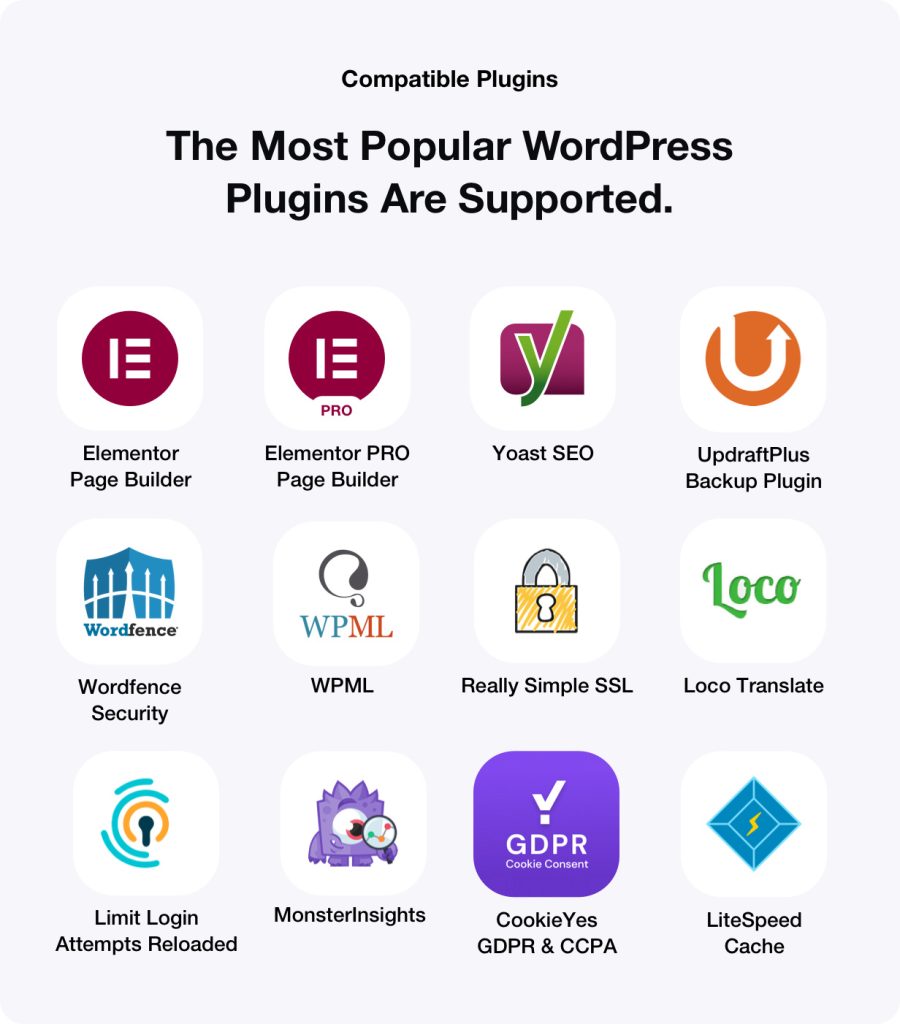The landscape of Artificial Intelligence (AI) continues to evolve rapidly as we move into 2024, with significant advancements that promise to reshape various industries. This article delves into prominent large models like Google Gemini 1.5 Pro, the latest tools and APIs that leverage advanced AI, emerging technologies tailored to specialized needs, and cutting-edge AI products tailored for sectors including healthcare, business automation, and education.
Google has made headlines with the release of **Gemini 1.5 Pro**, a large language model boasting impressive multimodal capabilities. Unlike its predecessors, Gemini 1.5 Pro allows users to engage with data not just through text, but also images, sounds, and videos. This versatility enhances how users can interact with AI, elevating its applications across sectors. For instance, students can pose questions about complex scientific diagrams, while marketers can analyze promotional images in real-time for better audience engagement. The model’s **extended context understanding** enables it to process up to 100,000 tokens at once, allowing scrupulous analysis and interpretation of large datasets. Such features mark a significant leap toward creating a truly intelligent assistant that adapts to user needs and evolves with them (source: Google AI Blog).
Beyond large language models, innovative tools and APIs have emerged, integrating advanced AI for diverse applications. For example, **ClearML**, an open-source platform for machine learning orchestration, has gained traction. It not only allows developers to manage machine learning workflows efficiently but also provides a straightforward solution for model versioning and sharing. This capability is especially crucial in industries such as healthcare, where model integrity and reproducibility are paramount. ClearML’s integration abilities enable seamless collaboration among data scientists, thus fostering innovation and speeding up the deployment of AI solutions in real time (source: ClearML Official Documentation).
Furthermore, **Scandit**, a leader in computer vision software, has launched an enhanced version of its platform, using AI to optimize scanning and augmented reality capabilities in mobile environments. With its updated APIs, businesses of all sizes can benefit from real-time data capturing and insightful analytics. For example, retailers can use this technology for inventory management, allowing quick identification of stock discrepancies, thus improving operational efficiency. In the logistics sector, companies can track shipments using the Scandit platform, which streams data back to centralized systems for better resource allocation and delivery routes (source: Scandit Newsroom).
As industries increasingly adopt AI solutions, specialized technologies have entered the marketplace to address specific challenges. Recent advancements have focused on developing **more reliable and debiased language models**. This development is crucial, especially in light of previous models demonstrating inherent biases in data processing. Organizations such as OpenAI are now implementing strategies to ensure ethical AI by refining their algorithms through robust training datasets and transparency in model deployments (source: OpenAI Blog). By prioritizing fairness and reliability, these models can be deployed across sensitive fields such as criminal justice and hiring processes.
In addition to deployment in ethical arenas, new AI products are emerging to cater to enterprise needs. One notable innovation is the rise of **Disaster Response Robots** that leverage AI for crisis management. These robots can assess disaster-struck areas, conducting search and rescue operations while providing real-time data on danger zones. They can process vast amounts of imagery and terrain data, outfitting first responders with critical information that can significantly impact the efficiency of ongoing rescue efforts. Institutions like the International Federation of Red Cross and Red Crescent Societies are actively integrating AI-driven robotic solutions into their operations (source: IFRC).
Among the noteworthy products is the innovative chatbot and virtual assistant, which is now being widely deployed in customer service. Use cases extend beyond mere query response to include personalized recommendations and dynamic solutions based on user interaction history. By employing feedback mechanisms, these AI-driven tools can continuously enhance their performance and user satisfaction rates. With applications in sectors such as **education**, where learning management systems utilize AI to provide tailored learning experiences, and in **healthcare**, where patient follow-ups can be automated, the potential is vast (source: Forrester Research).
In the realm of **business automation**, AI tools such as robotic process automation (RPA) are integrating enhanced functionalities, allowing companies to streamline operations and reduce costs. These systems are now capable of executing complex workflows, including invoicing and reporting, with minimal human intervention. As such, businesses can allocate resources to more strategic initiatives, fostering growth and development while maintaining efficiency (source: Gartner Research).
The educational sector is also experiencing a profound transformation thanks to AI. **Intelligent tutoring systems** leverage AI-driven pedagogy to provide personalized learning paths for students. By evaluating individual learning rates and preferences, these systems can automatically adapt content delivery, ensuring students engage with material that caters to their unique needs. Schools using AI in this manner have reported improvements in learning outcomes and student satisfaction levels (source: EdTech Magazine).
As we look ahead, it is evident that advancements in artificial intelligence will continue to redefine operational frameworks across industries. From the introduction of multimodal capabilities in models like Google Gemini 1.5 Pro to specialized AI systems aimed at ethical deployment, organizations are poised to harness AI’s full potential effectively. Innovations spanning enterprise solutions, customer engagement, and educational tools all illustrate AI’s transformative power.
With the promise of enhanced functionalities and their applications across various fields, the impact of these technologies will likely facilitate greater efficiency, accountability, and growth. As developers and consumers alike navigate this ever-evolving landscape, the collaborative efforts of stakeholders will undoubtedly foster new opportunities and bolster our ability to tackle modern challenges.
In conclusion, the trajectory of AI advancements in 2024 bears a wealth of opportunities—from addressing biases and improving predictability to enhancing user interaction and industry integration. Embracing these new technologies is pivotal in ensuring that businesses, educators, and service providers remain competitive while driving societal progress toward a more intelligent, ethical, and efficient future. As the conversation around AI continues to evolve, engaging critically with its implications will be central to harnessing its full potential for the benefit of all.

























